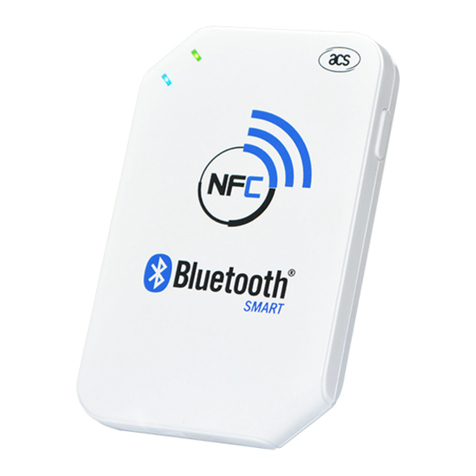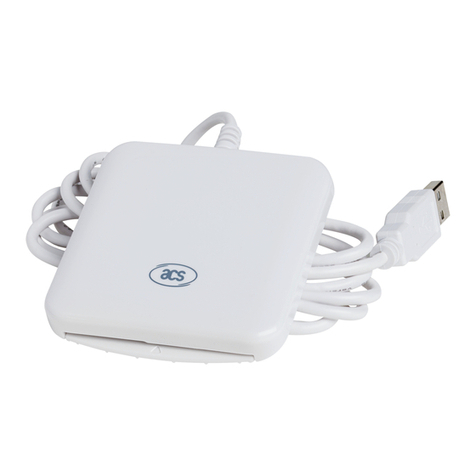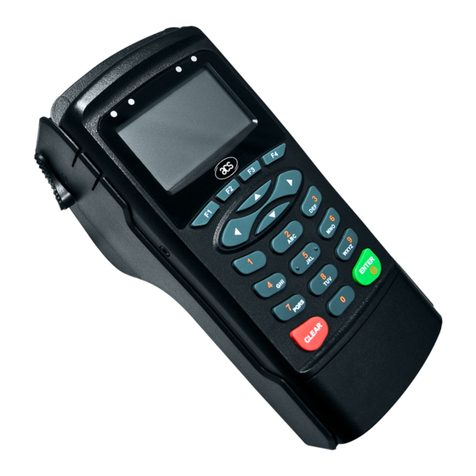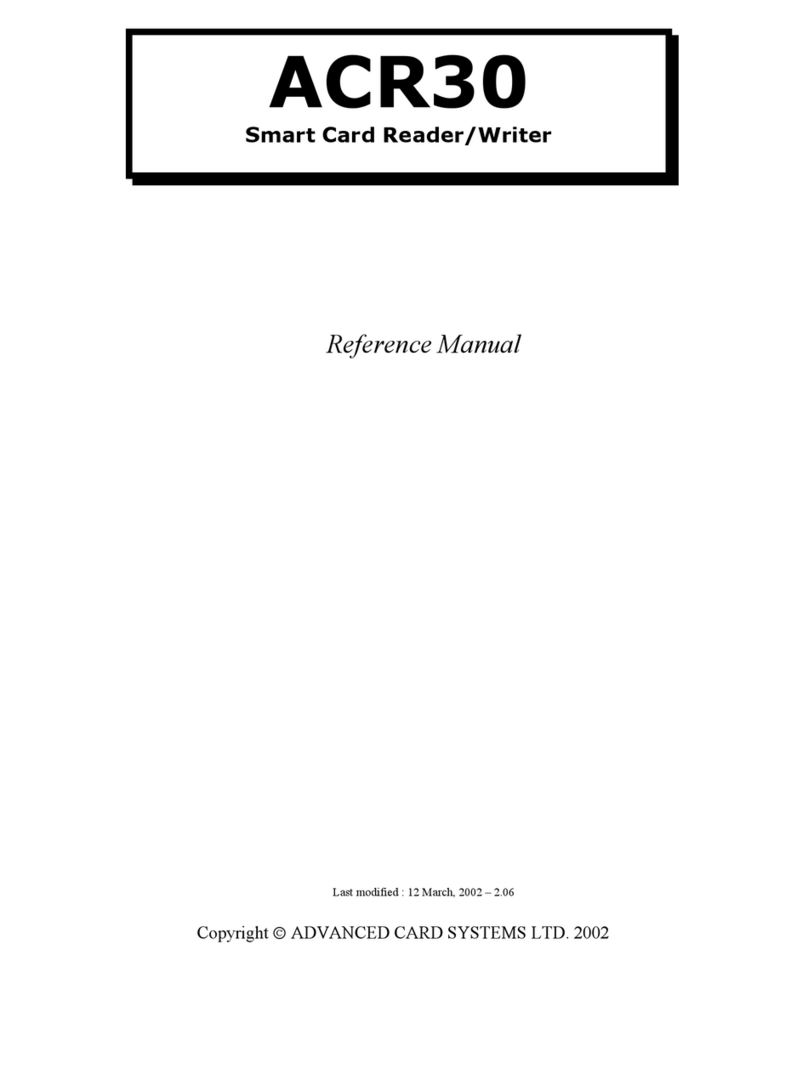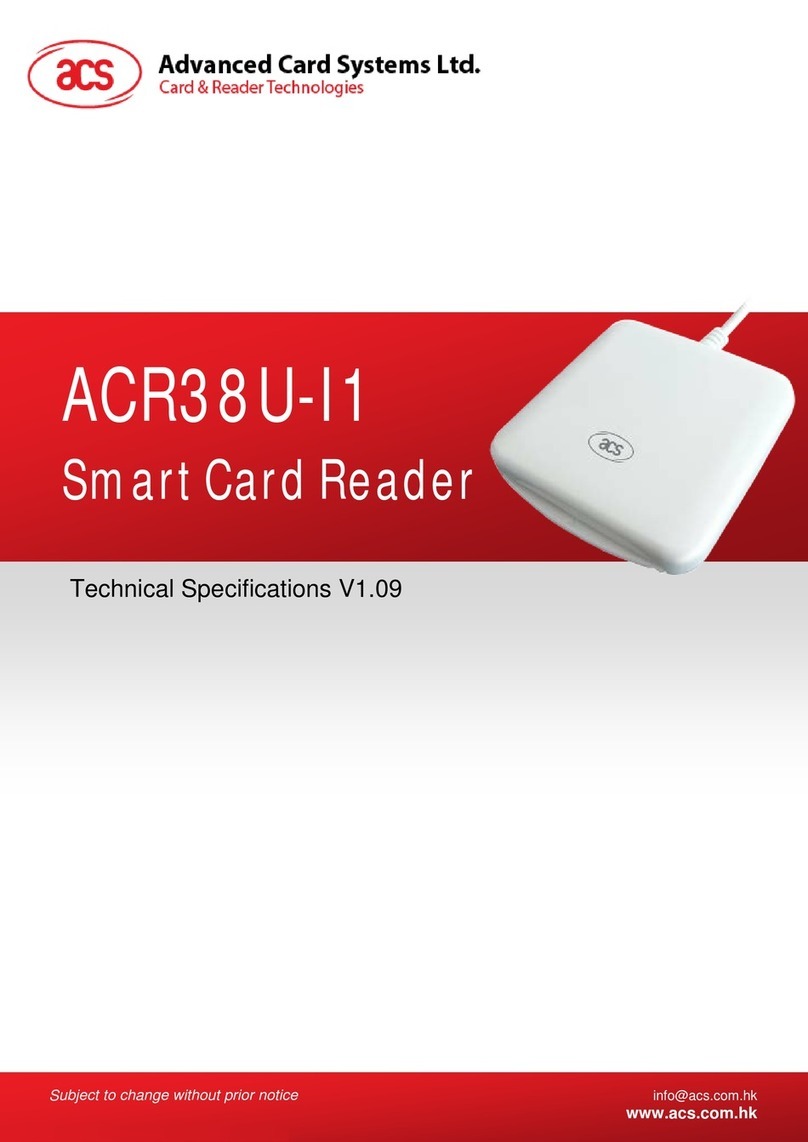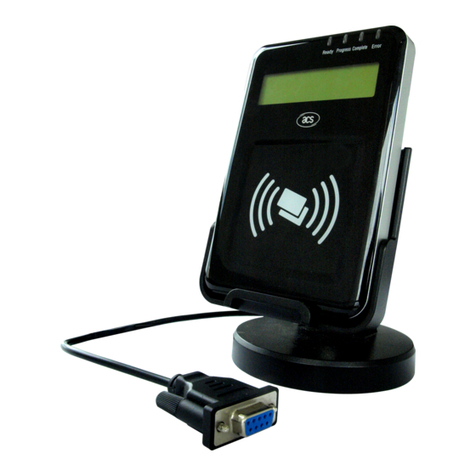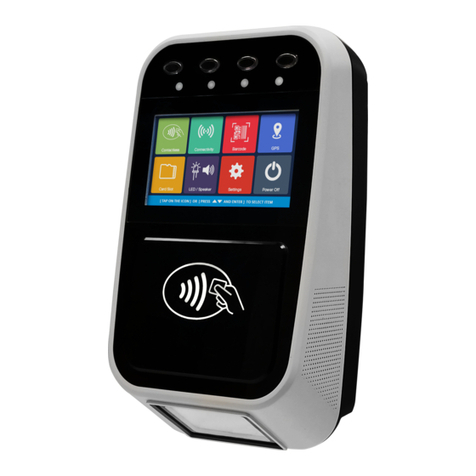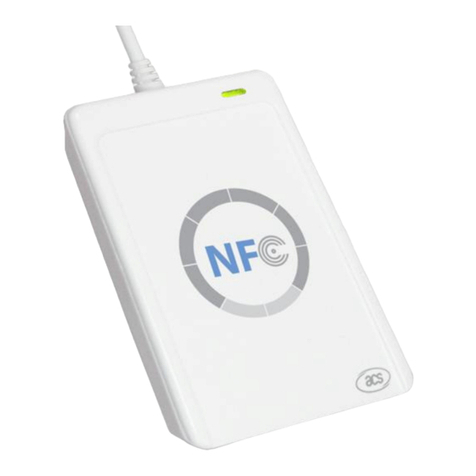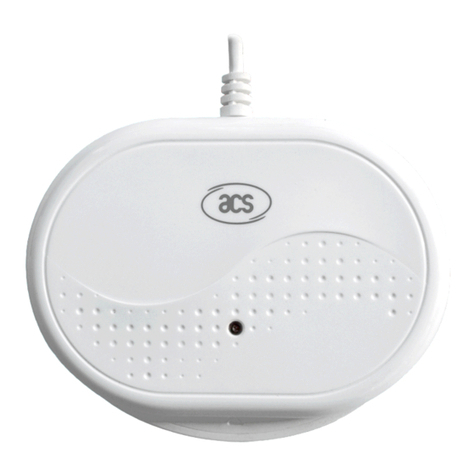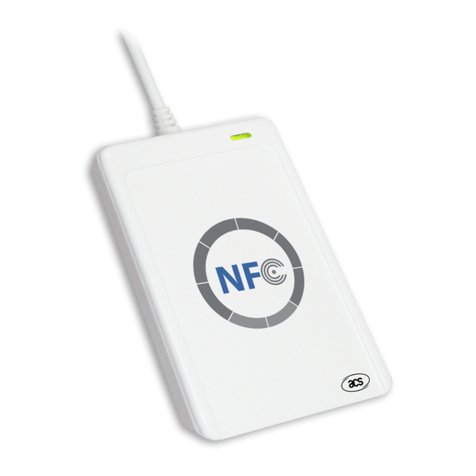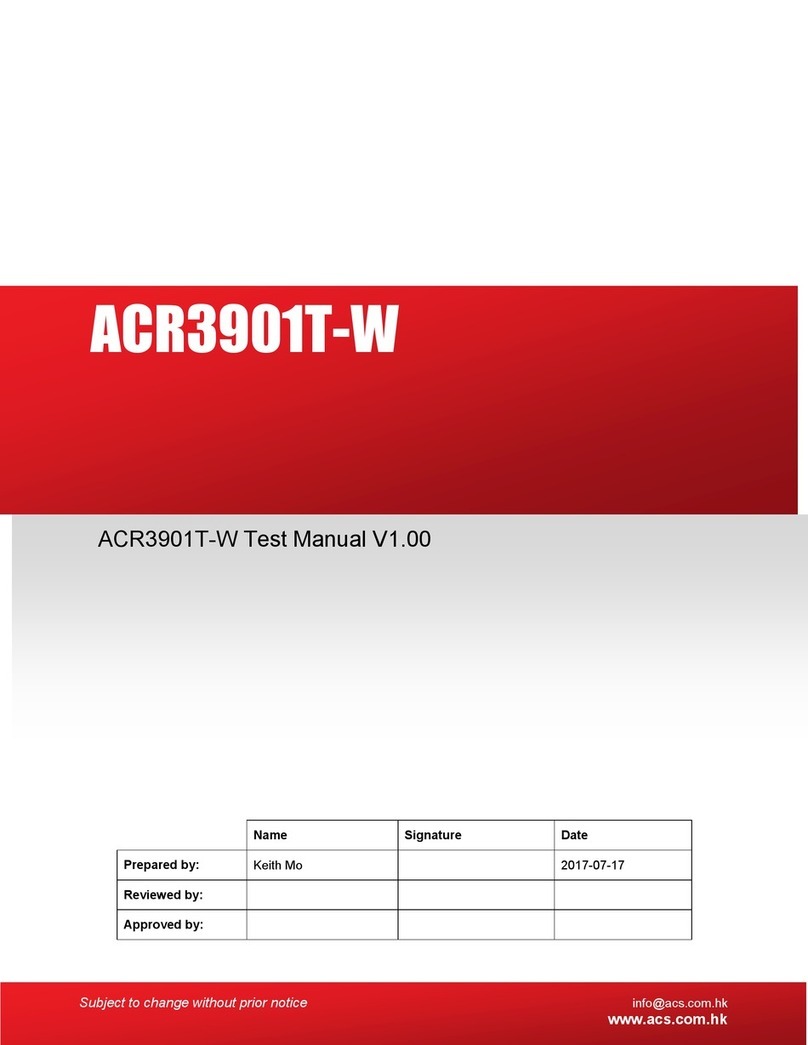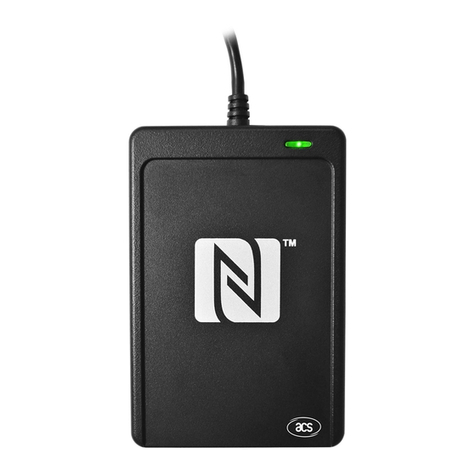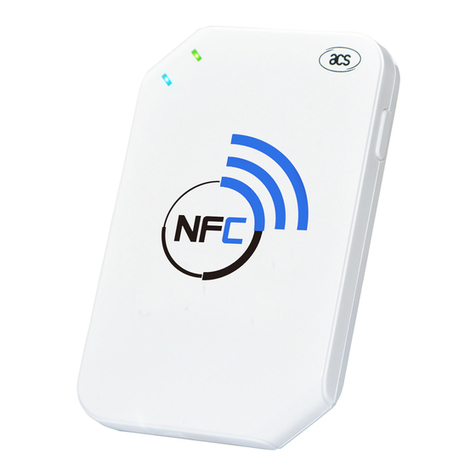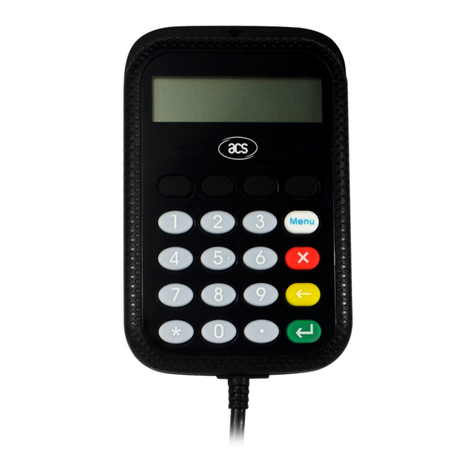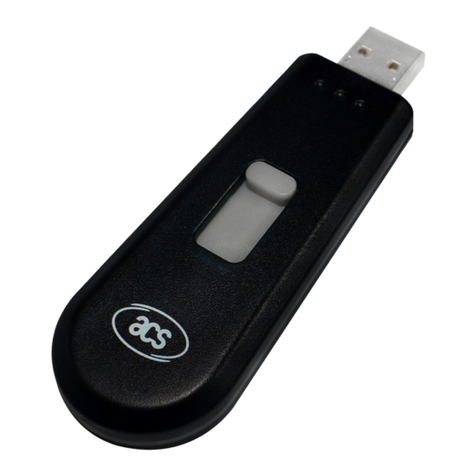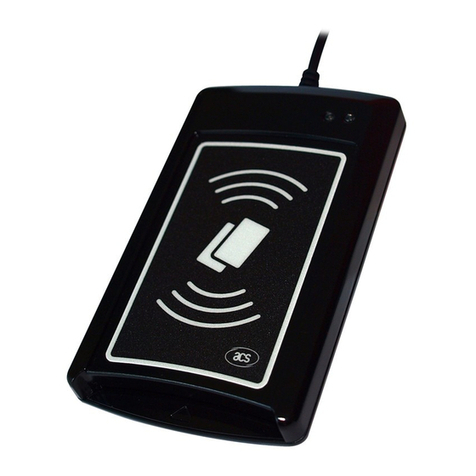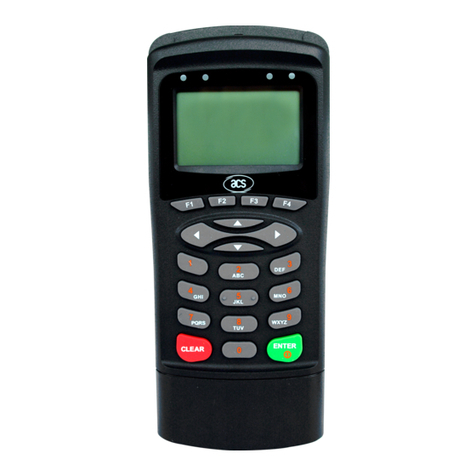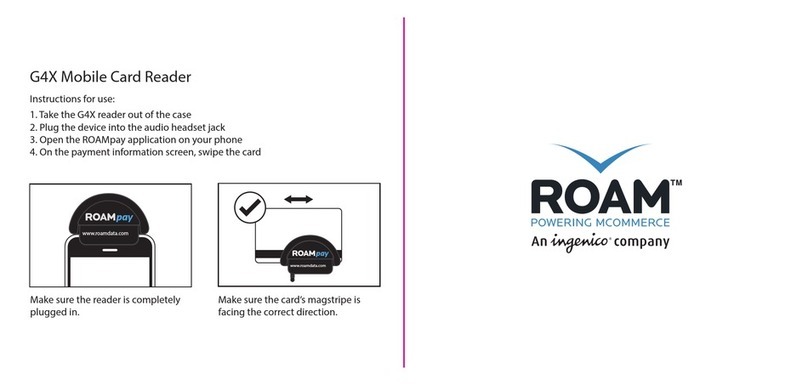
AMR220-C1 – Reference Manual info@acs.com.hk
Version 1.02 www.acs.com.hk
Page 3 of 69
Table of Contents
1.0. Introduction ..................................................................................................................5
1.1. Symbols and Abbreviations ...........................................................................................5
2.0. Features ........................................................................................................................7
3.0. Architecture ..................................................................................................................9
3.1. Hardware Design ..........................................................................................................9
3.1.1. Battery .................................................................................................................9
3.1.2. User Interface..................................................................................................... 10
3.2. Software Design ......................................................................................................... 12
3.2.1. USB Interface ..................................................................................................... 12
3.2.2. Bluetooth Interface.............................................................................................. 12
4.0. Host Programming.....................................................................................................13
4.1. PCSC API .................................................................................................................. 13
4.1.1. SCardEstablishCont ext ....................................................................................... 13
4.1.2. SCardListReaders .............................................................................................. 13
4.1.3. SCardConnect .................................................................................................... 13
4.1.4. SCardControl ..................................................................................................... 13
4.1.5. ScardTransmit .................................................................................................... 13
4.1.6. ScardDisconnect ................................................................................................ 13
4.1.7. APDU Flow ........................................................................................................ 14
4.1.8. Escape Comm and Flow ...................................................................................... 15
4.2. Bluetooth Library ........................................................................................................ 16
4.2.1. Setting Up BLE ................................................................................................... 16
4.2.2. Initializing Java Sm art Card I/O API ..................................................................... 17
4.2.3. Finding BLE Card Terminals ................................................................................ 18
4.2.4. Connecting to a Card .......................................................................................... 19
4.2.5. Disconnecting from the Card ............................................................................... 20
4.2.6. Transmitting AP DUs ........................................................................................... 20
4.2.7. Transmitting Control Commands .......................................................................... 20
4.2.8. Disconnecting from BLE Card Terminal ................................................................ 20
5.0. Command Set.............................................................................................................21
5.1. API between Tabl et and AMR220-C1 ........................................................................... 21
5.1.1. BT Communication Frame format ........................................................................ 21
5.1.2. Data Field Format – Command ............................................................................ 22
5.1.3. Data Field Format – Response ............................................................................ 23
5.1.4. BT Commands and Responses ........................................................................... 24
5.2. Cont actless Smart Card Protocol ................................................................................. 35
5.2.1. ATR Generation.................................................................................................. 35
5.2.2. Pseudo APDUs for Contactless Interface ............................................................. 37
5.3. Escape Command ...................................................................................................... 62
5.3.1. Get Firmware Version ......................................................................................... 62
5.3.2. Shut Down Tim e Configure.................................................................................. 63
5.3.3. Antenna Control.................................................................................................. 63
5.3.4. Automatic PICC Polling Parameter ...................................................................... 64
5.3.5. PICC Polling Detect Card Type............................................................................ 66
5.3.6. Buzzer Control .................................................................................................... 67
5.3.7. LEDs Control ...................................................................................................... 68
List of Figures
Figure 1 : Hardware Architecture................................................................................................... 9
Figure 2 : Software Architecture – USB Interface.......................................................................... 12






